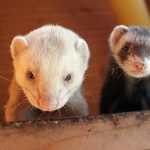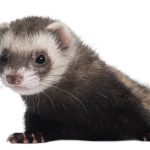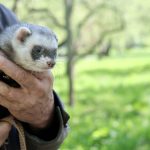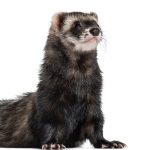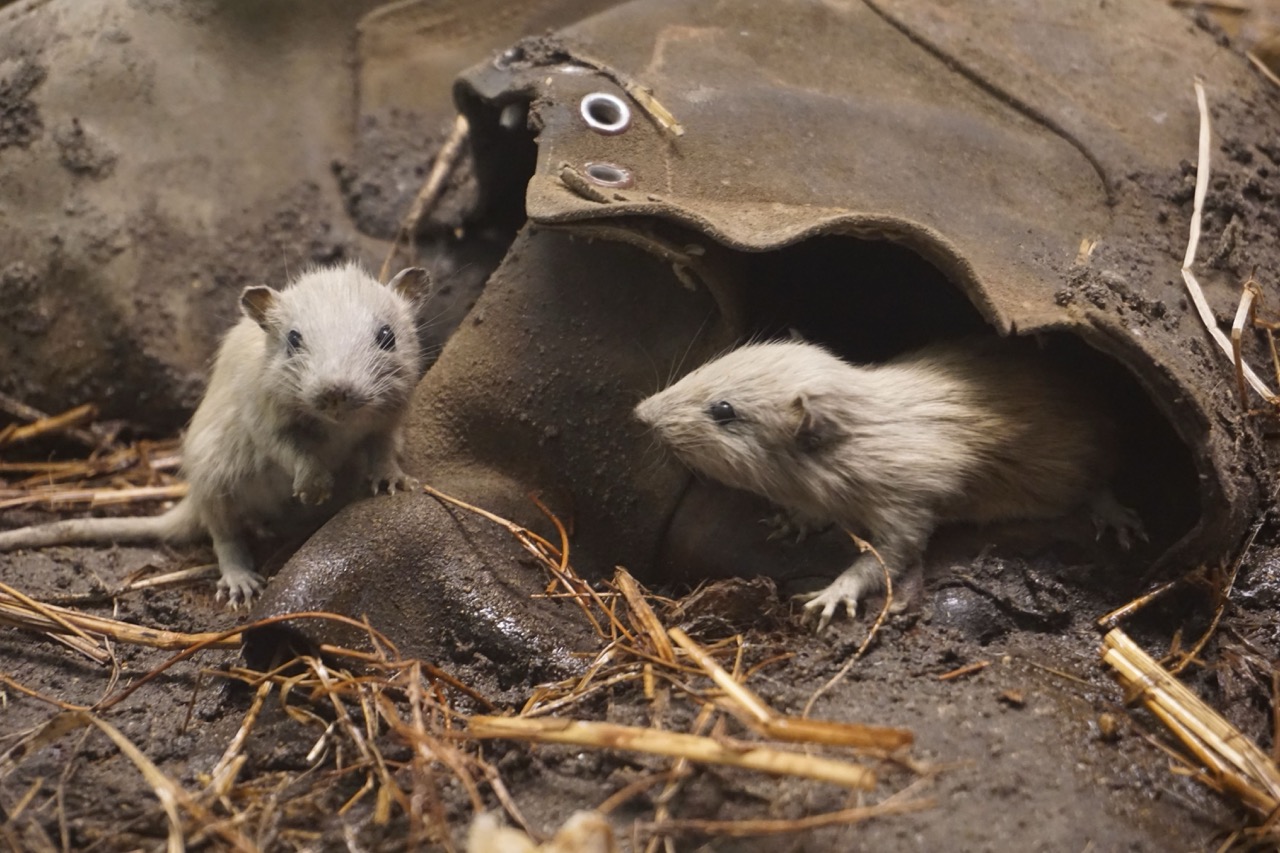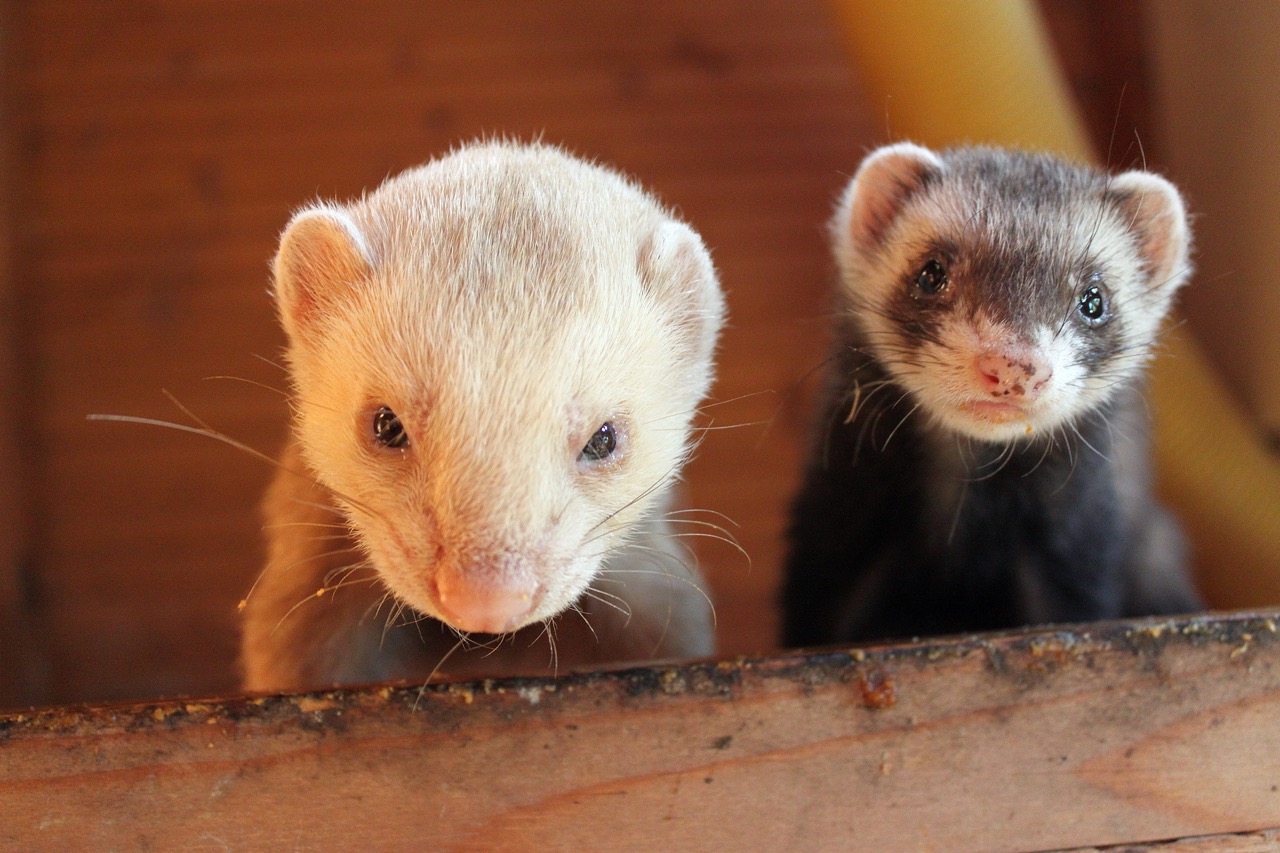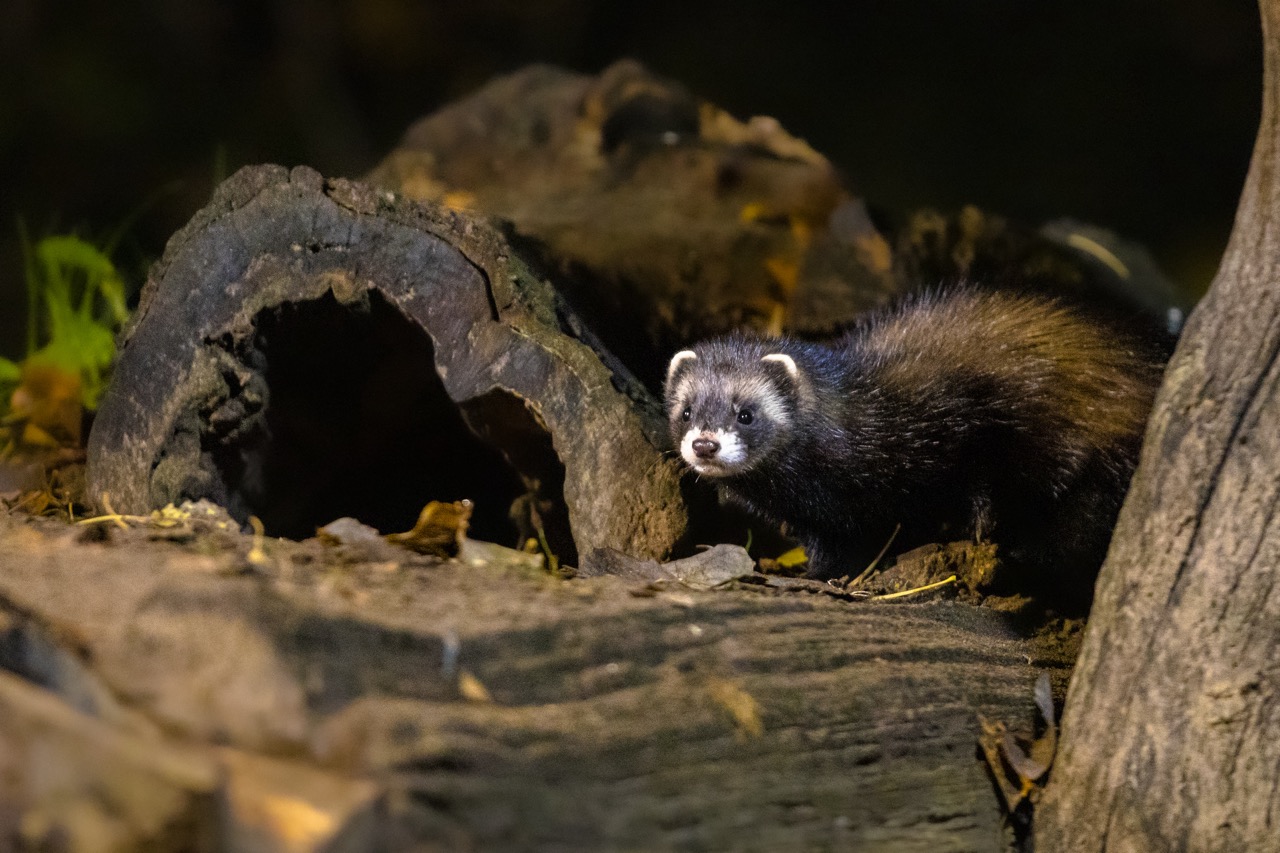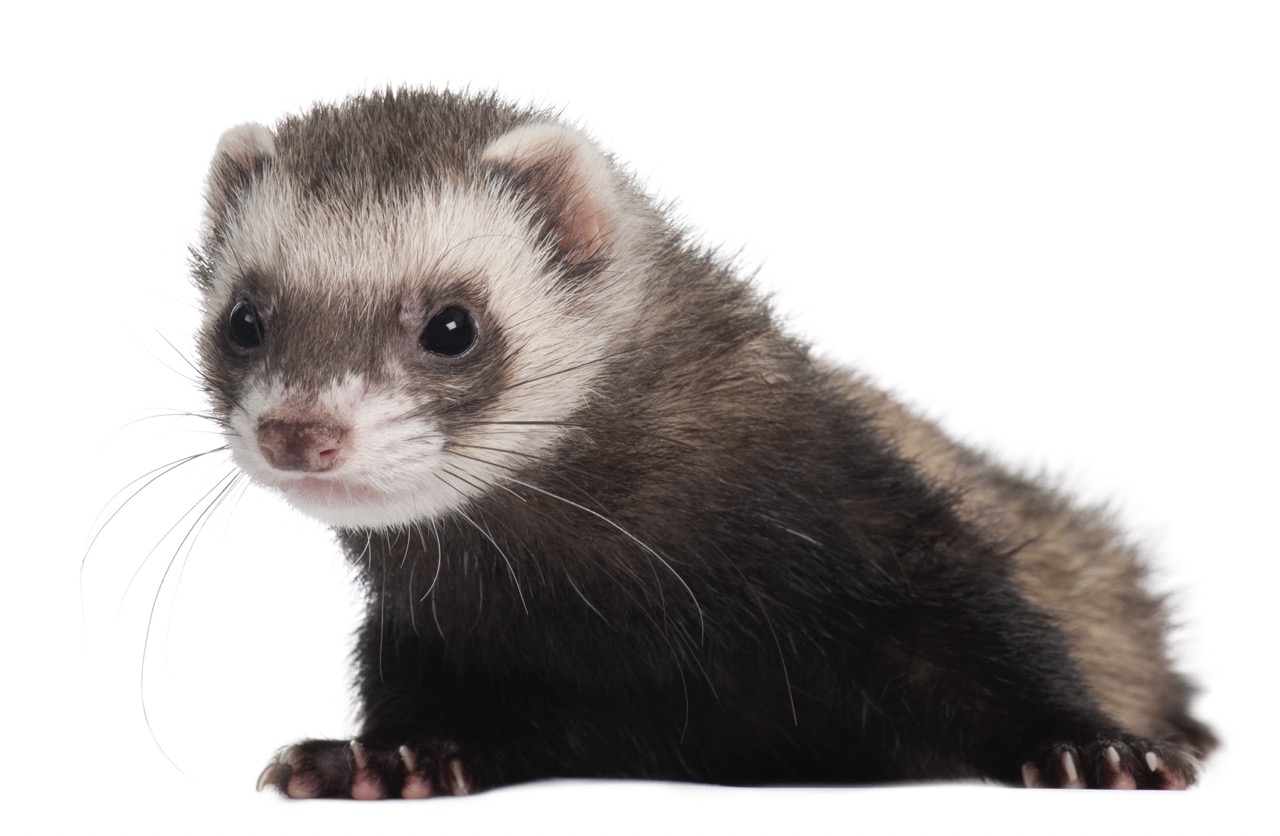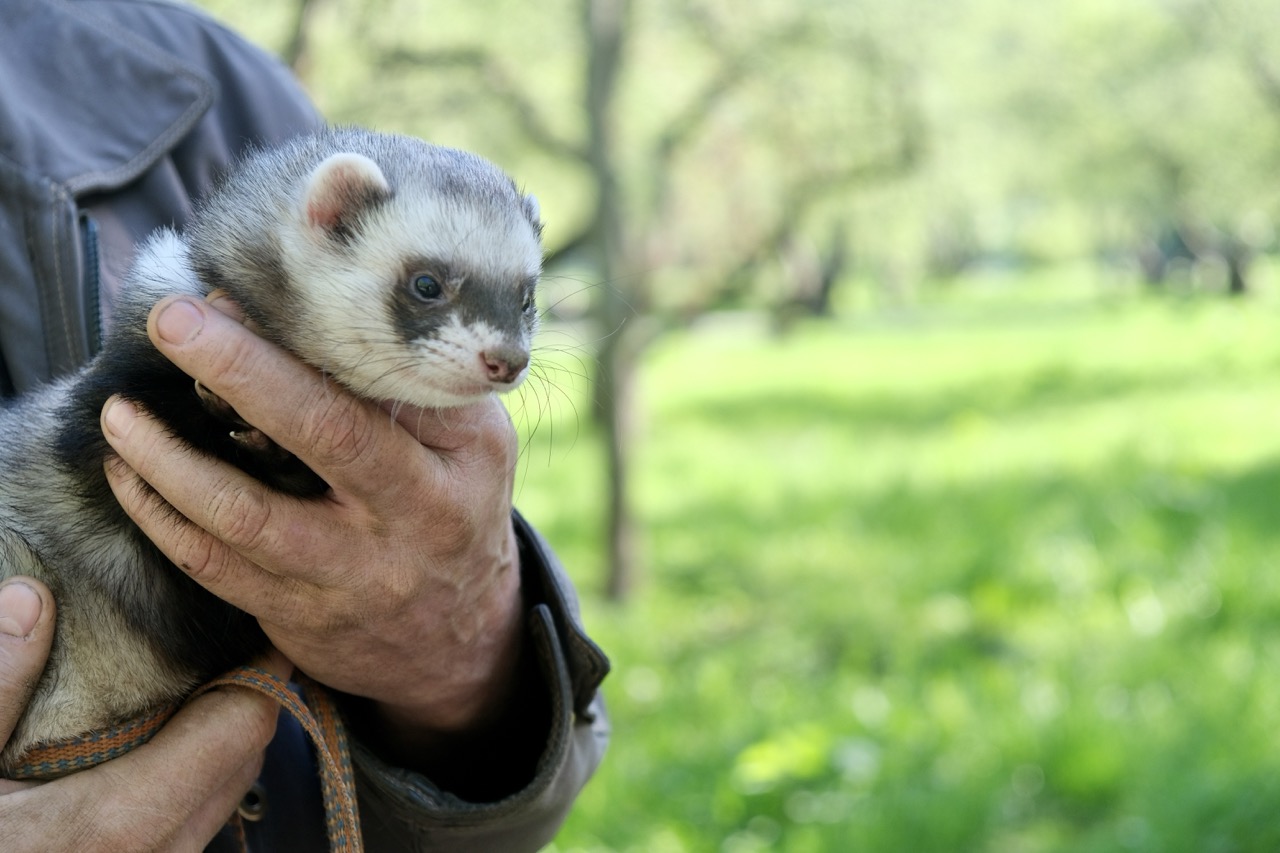Ferrets are beloved pets known for their playful nature and curious personalities. However, their unique biology, particularly regarding their fur and skin health, is often overlooked by many ferret owners. Understanding the anatomy of ferret fur, the nutrients required for optimal coat condition, common skin issues, and effective grooming practices can significantly enhance the well-being of these delightful creatures. This article delves into the intricacies of ferret skin and coat health, providing valuable insights to help ferret owners maintain their pets’ fur in top condition.
Understanding Ferret Fur: Anatomy and Growth Cycle
Ferret fur is distinctly characterized by its soft texture and dense undercoat, which serves vital functions, including temperature regulation and protection from external elements. The fur is composed of a two-layer structure: an outer layer of guard hairs that repel moisture and dirt, and a soft undercoat that provides insulation. This unique arrangement not only enhances the ferret’s aesthetic appeal but also plays a crucial role in its overall health and comfort.
The growth cycle of ferret fur consists of several stages: anagen (growth), catagen (transitional), and telogen (resting). During the anagen phase, new fur emerges, replacing older hairs that have completed their life cycle. This process is influenced by various factors, including genetics, seasonal changes, and the ferret’s overall health. Typically, ferrets undergo a shedding phase during spring and fall, allowing them to adapt to changing temperatures. Understanding this natural cycle is fundamental for owners to anticipate changes in their pet’s coat and to implement appropriate care strategies.
Moreover, the coat’s condition can serve as a reflection of a ferret’s overall health. Any significant changes in fur texture, thickness, or growth patterns may indicate underlying health issues. Therefore, regular observation of the coat can be an early indicator for owners to seek veterinary advice. A well-maintained coat not only looks appealing but is also essential for a ferret’s well-being.
Key Nutrients for Optimal Skin and Coat Condition
The health of a ferret’s skin and coat largely depends on their diet, which should be rich in essential nutrients. High-quality protein is paramount, as ferrets are obligate carnivores and require amino acids found predominantly in animal-based proteins. Nutrients such as omega-3 and omega-6 fatty acids are particularly beneficial for skin health, as they help maintain the integrity of cell membranes and promote a shiny, healthy coat.
In addition to proteins and fatty acids, vitamins and minerals play a crucial role in skin and coat condition. Vitamin E acts as an antioxidant that supports skin health, while Biotin (Vitamin H) is known to promote hair growth and enhance fur quality. A deficiency in these nutrients can lead to dry skin, dull fur, and increased susceptibility to skin infections. Therefore, it is essential for ferret owners to ensure that their pets receive a balanced diet supplemented with these vital nutrients.
Commercial ferret foods often contain the necessary nutrients, but it is crucial to read labels carefully and choose products that prioritize high meat content and avoid fillers. Additionally, owners can consider incorporating raw or freeze-dried meats into their ferret’s diet, which can provide optimal nutrition and support healthy skin and coat growth. Regular consultations with a veterinarian or a pet nutritionist can also guide owners in selecting the best dietary options for their ferrets.
Common Skin Issues in Ferrets and Their Solutions
Ferrets can experience a variety of skin issues, with the most common being seborrhea, allergies, and mites. Seborrhea is characterized by flaky skin and can lead to excessive oiliness or dryness of the coat. This condition may require the use of medicated shampoos prescribed by a veterinarian, along with dietary adjustments to improve skin health.
Allergies in ferrets can manifest as itchiness, redness, or inflammation of the skin. These allergies can be triggered by environmental factors, such as dust or pollen, or from food ingredients. Identifying the allergen is vital for effective management, and this may involve an elimination diet, followed by the gradual reintroduction of foods to pinpoint the cause. In some cases, antihistamines or corticosteroids may be recommended to alleviate symptoms.
Mite infestations, particularly from Sarcoptes or Cheyletiella mites, can also pose significant problems for ferrets. These parasites cause intense itching and can lead to hair loss and skin infections. Treatment typically involves topical or systemic medications prescribed by a veterinarian. Regular check-ups and maintaining a clean living environment can help mitigate the risk of infestations. Addressing these issues promptly is essential to prevent further health complications.
Maintaining Healthy Fur: Grooming and Care Practices
Consistent grooming is fundamental in maintaining a ferret’s coat health. Regular brushing helps remove loose fur and dander, preventing matting and reducing the risk of skin irritations. Ferrets typically shed their coat twice a year, but they can also shed due to stress or poor health. During these shedding periods, more frequent grooming may be necessary to manage the increased fur loss effectively.
Bathing, while often necessary, should be approached with caution in ferrets. Overbathing can strip the natural oils from their skin, leading to dryness and increased susceptibility to skin irritations. It is generally recommended to bathe ferrets only when they are particularly dirty or have been exposed to external irritants. When bathing, it is important to use a gentle, ferret-specific shampoo that maintains the natural pH balance of their skin.
In addition to grooming, regular health check-ups with a veterinarian can help monitor skin and coat condition. Owners should also observe changes in their ferret’s behavior, as excessive scratching or grooming can indicate underlying issues. By establishing a routine that includes proper grooming and veterinary care, owners can ensure their ferrets maintain a healthy coat and skin throughout their lives.
In conclusion, the health of a ferret’s skin and coat is vital to its overall well-being. Understanding the anatomy and growth cycle of ferret fur lays the groundwork for effective care. Proper nutrition, awareness of common skin issues, and diligent grooming practices all contribute to maintaining a healthy coat. Ferret owners who actively engage in these practices can enjoy the benefits of a happy, healthy pet with a beautiful, vibrant coat. By prioritizing skin and coat health, owners not only enhance their ferrets’ appearance but also support their quality of life.
